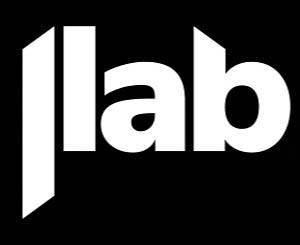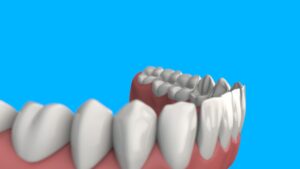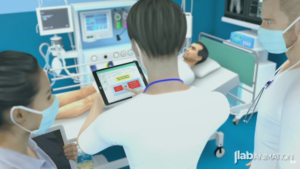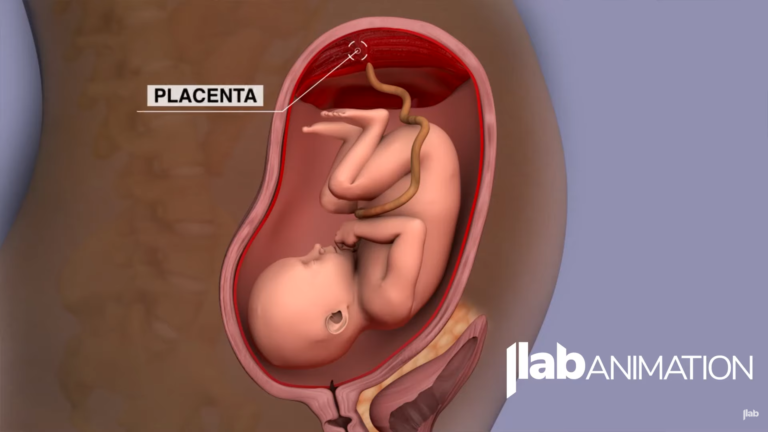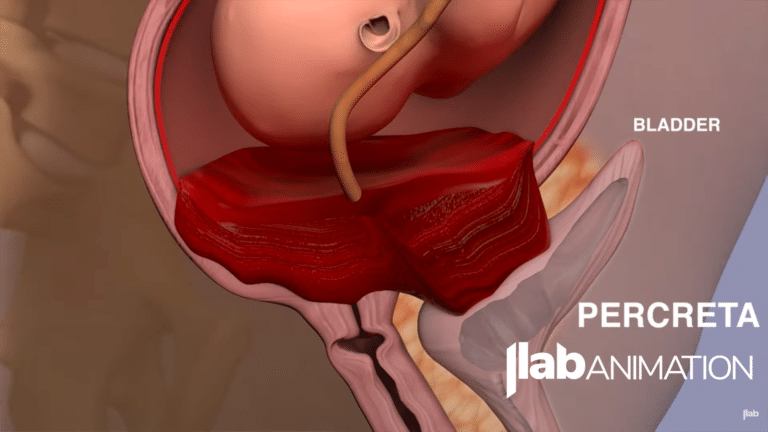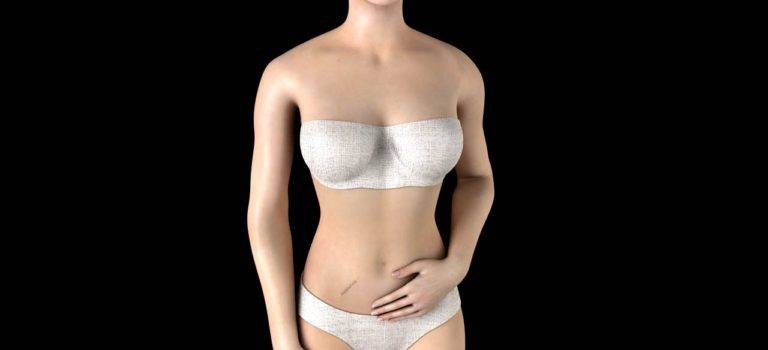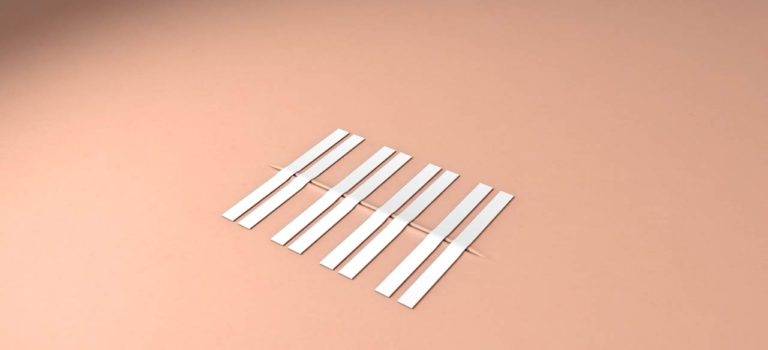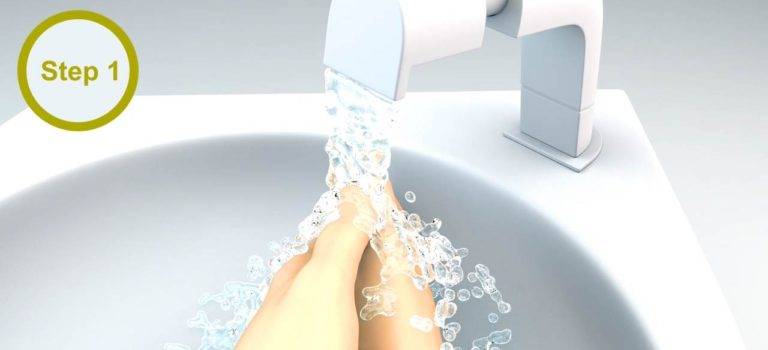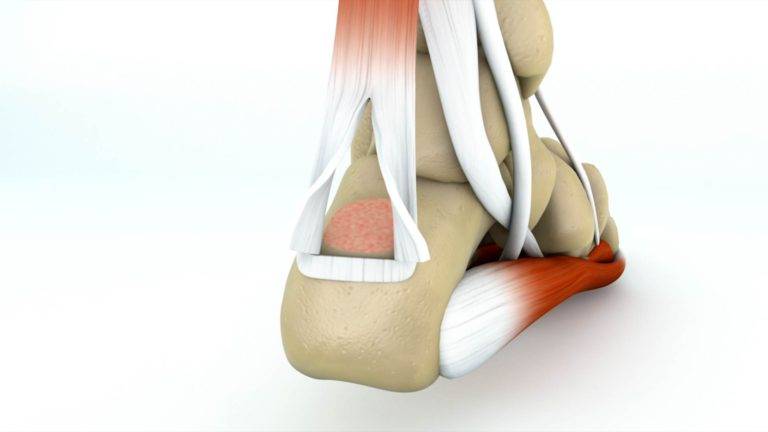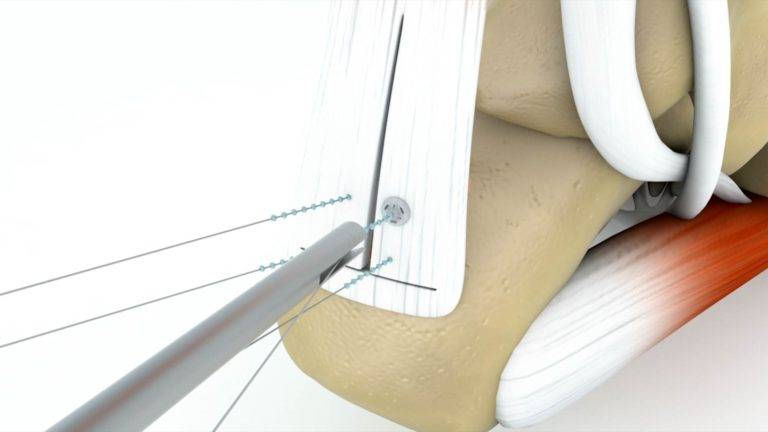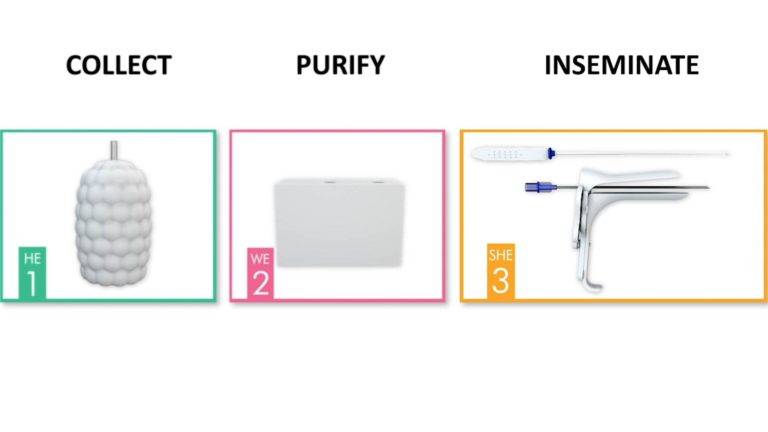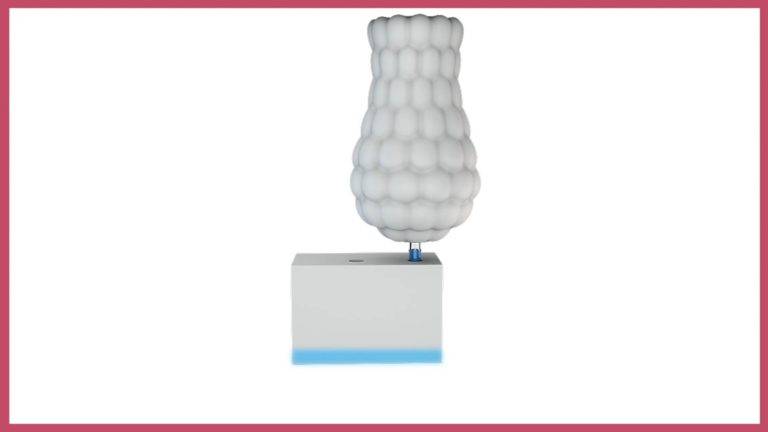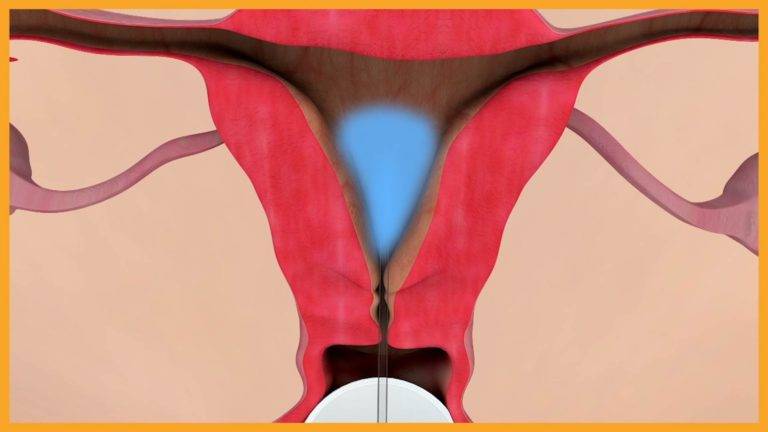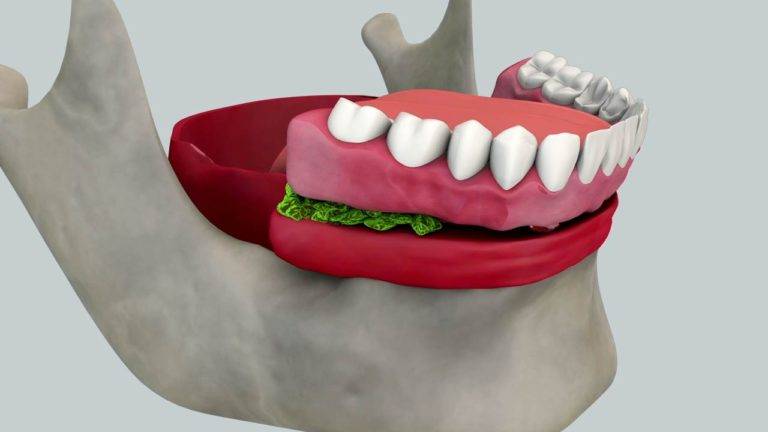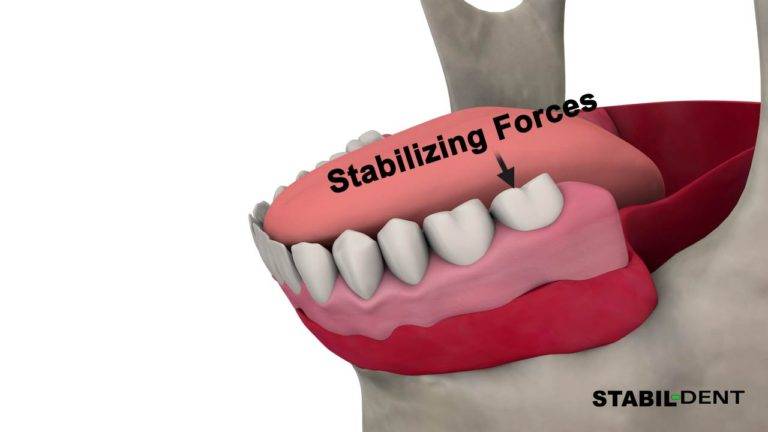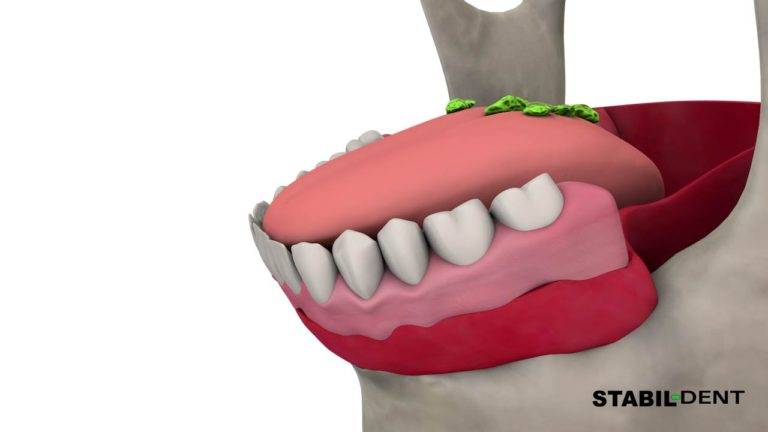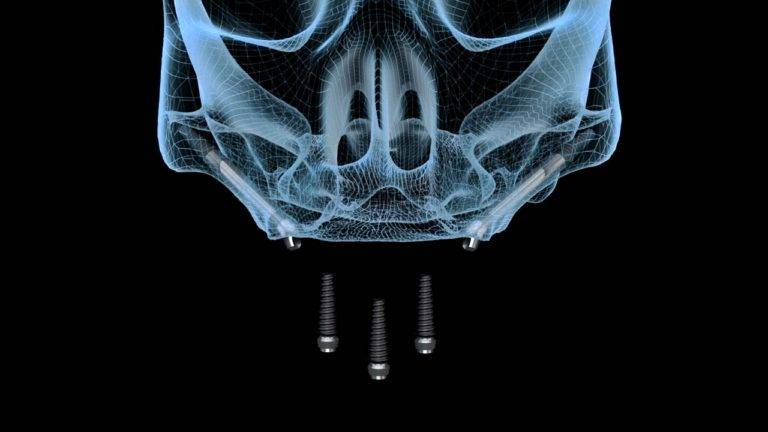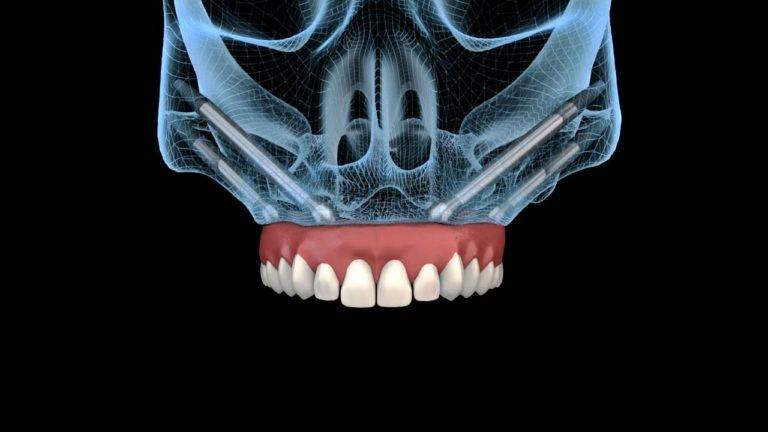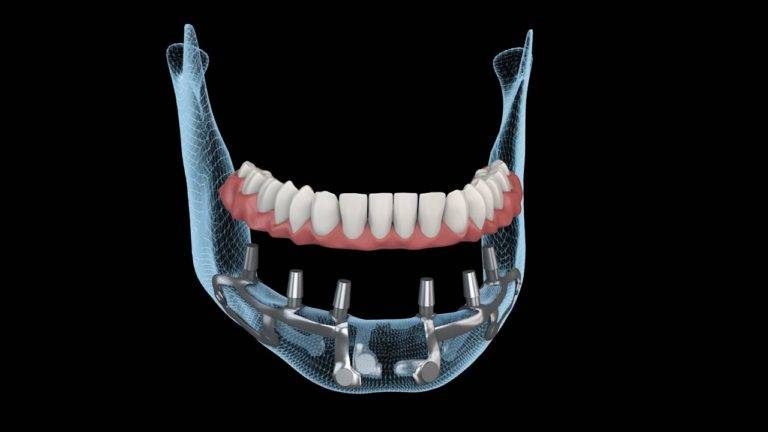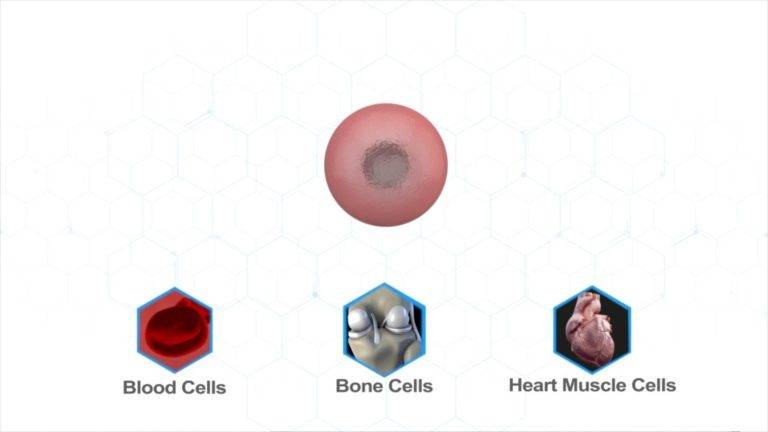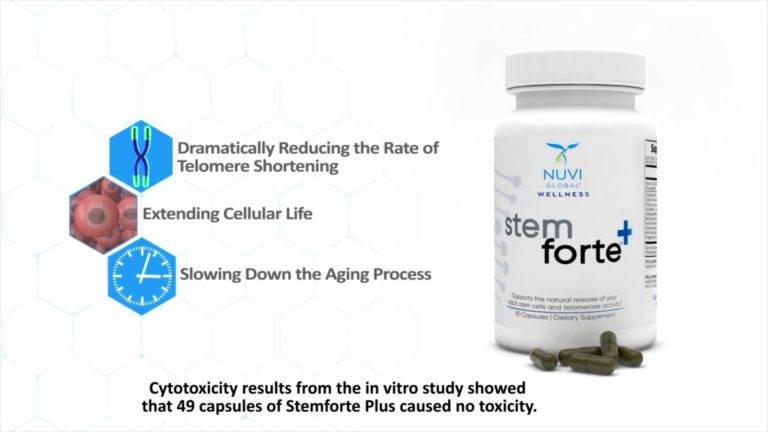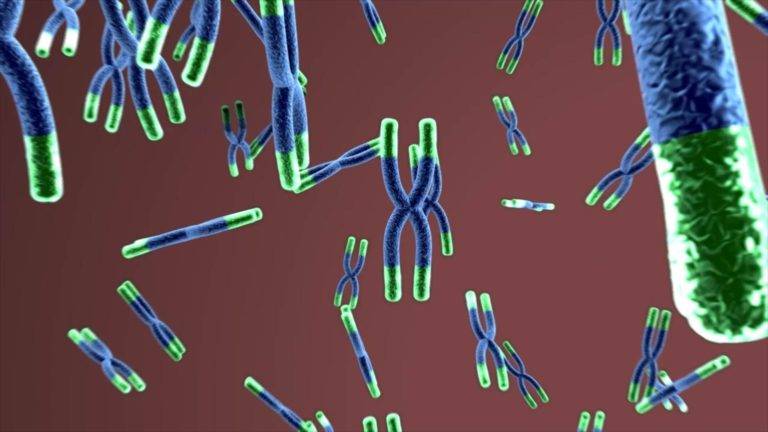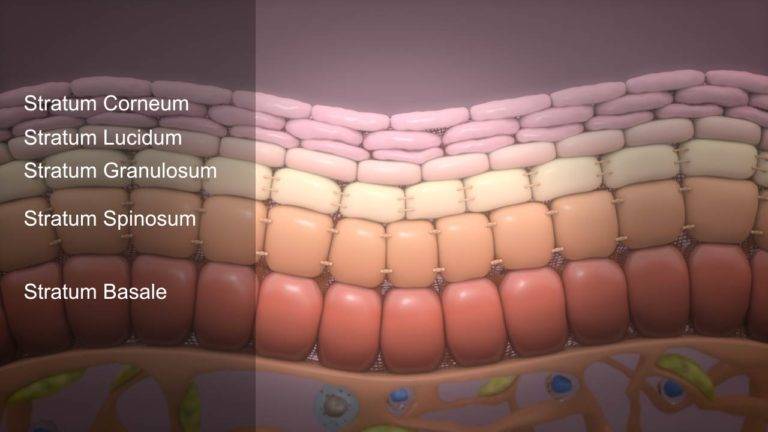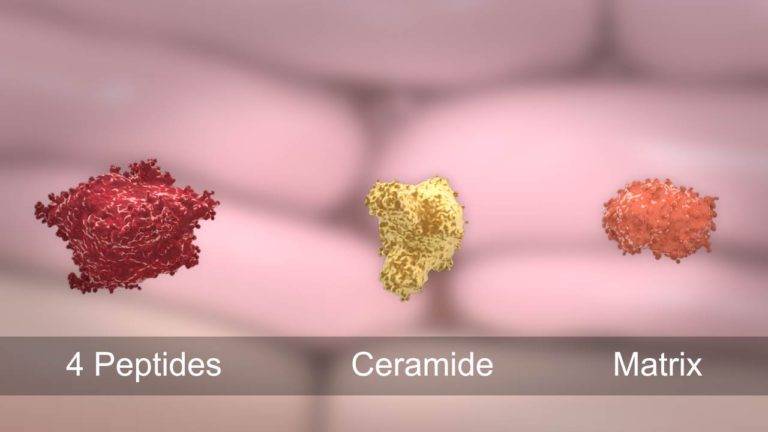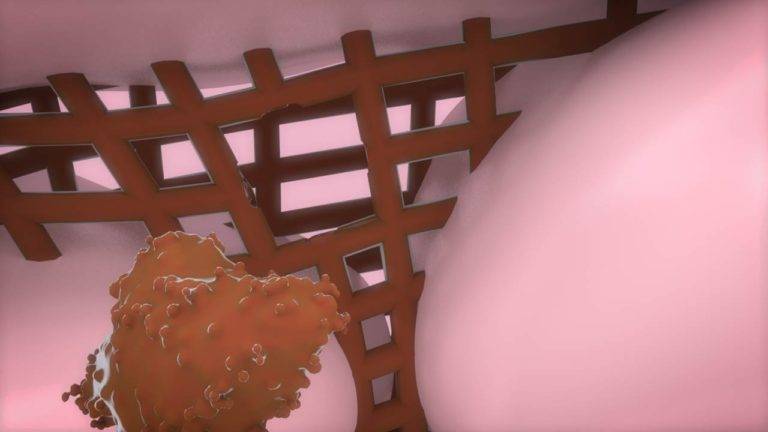Educational animations are short, creative, and easier-to-digest sources to educate learners. These animation videos help in explaining different concepts through visualizations. Fortunately, educational animations are increasing interactive learning capabilities. Learners are optimizing educational animations globally as an instructional tool.
Animations are the future of modern education.
Most importantly, educational animations have transited the conventional learning methods dramatically. Today, the utilization of different animation technologies is making the modernization of education irresistible.
The use of educational animations benefits learning in multiple ways. Due to these benefits, the popularity of educational animation videos is rising tremendously.
However, we will see how educational animations are stepping up the learning procedures.
A better understanding of complex info
Some research studies found animations are more helpful for students to understand and process complex information. Recent research has also demonstrated the computer-animated simulators’ effectiveness for clearly understanding complicated concepts.
Moreover, educational animations are widely adopted in difficult medical, law, pharma, and more fields. It is because of their ability to convey information effectively. These also help students to visualize the concepts and improve memory retention significantly.
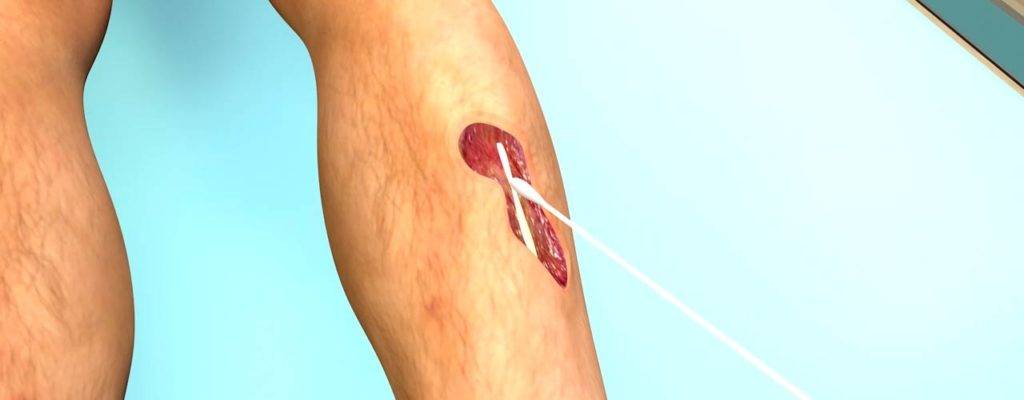
Aid in capturing learners’ attention
Hefty textual content isn’t an appealing format for learning. Learners respond better to visual illustrators. Animations increase visualization and help students interact with any subject’s content and concept. Educational animations help imprint images in the learner’s mind because these are fun and unique. These animations can further help in improved information retention.
Educational animation videos don’t require additional tools and installations to use and share. So, you can easily use these as a captivating source of learning to capture students’ attention for longer.
Enhances digital literacy
Educational animations don’t only provide subject visualization for better engagement and understanding. These educational sources can also improve digital literacy. With the increased adoption of digitalization in every field, digital literacy is more important for the current generation than ever.
It is because people at present are using technology in everything. The use of quality educational animations will introduce students to a variety of digital tools and materials. The more they experience the technology during their learning, the better they can consume it while looking for jobs.
Faster learning
Animations are the least time-consuming source for students. Our brain process visual information 60k x faster than other formats. Educational animations help students to learn quickly in two ways. Firstly, these facilitate mental representation creation of phenomenon and concept. Secondly, these also replace tough cognitive processes, for example, abstraction and imagination.
Thereby, educational animations can aid learning by providing information in visuals right away. As a result, learners understand their lessons quicker. On the other hand, there is also an increased likelihood that they will recall these concepts and information better.
Final thoughts
Overall, educational animations are revolutionizing the education sector to some extent. The use of quality educational animations is increasing in different sectors. It is because these animations can benefit students in multiple ways and dramatically boost their knowledge and memory retention.

